1992’s Alone in the Dark is one of those genuine masterpieces of our little medium. Four full years before Capcom, deeply inspired by Frédérick Raynal’s work, hit it big with Resident Evil, Alone in the Dark brought us a non-linear haunted mansion to explore, filled with monsters and puzzles. As primitive as it might look now, it still has the unsettling Lovecraftian themes, the Deep South aesthetics and tone, and is as playable as ever. Truly, it’s a timeless experience that everyone interested in the history and heritage of video games owes to themselves to experience. Against all odds, 2024’s Alone in the Dark actually does it justice.
I say “against all odds,” because Alone in the Dark has gone through some rocky years. The original suffered a significant decline in quality from the highs of the first down to the very forgettable third. In an effort to revitalise the property, the developers of Alone in the Dark: The New Nightmare took the property in a very different direction, and heavily aped Resident Evil’s advances in the genre. It became the second-best title to carry the name, and was a genuinely good time again.
Then Atari happened. And my-oh-my did Atari happen. Atari’s first, Alone in the Dark (2008) was a dismal thing, but it was the Citizen Kane of games by comparison to Alone in the Dark: Illumination. A game so terrible it wound up with a Metacritic average of 19/100, and that’s all but unheard of for a game with a brand of any prestige whatsoever.
Combined with Uwe Boll’s 2005 utter disaster of a film, and a sequel that somehow one-upped it for being just that bad, and it really did seem like Alone in the Dark was a dead and buried property. But then Atari did us all a favour and sold the rights to THQ Nordic, and this new reimagining of the original game subsequently survived THQ Nordic’s parent, Embracer, and the woes that have hit that publisher.
The game came out, is the point. And not just that, it has managed to retain a sense of respect for the pioneering work done all those years ago. It would have been very easy for this game’s developers, Pieces Interactive, to kowtow to modern “best practices” with horror game design. That would have meant going for gory, big gun blockbuster action, a la Resident Evil Village, or the visceral thrills of a gritty, unpleasant goreporn slasher like Outlast (a new one of them has just been released, too).
Instead, the developer previously best known for its work on the Magicka series, got themselves some reliable recognisable Hollywood talent (David Harbour), and set out to make a more deliberately-paced, cerebral, noirish kind of horror. One that relied on building tension more than jump scares. This is a game where the developers were so clearly focused on the puzzles and storytelling that the combat comes across as an arbitrary inclusion just to keep the publisher quiet. The combat is manageable if uninspired, don’t get me wrong, but the real reason you’ll get hooked on Alone in the Dark is for those vinyl-vintage puzzles.
We’re talking about finding puzzle pieces to unlock keys to unlock doors. Puzzles that require you to backtrack and scour every nook and cranny to find solutions to. A map that’s helpfully colour-coded between rooms that you haven’t completed yet, rooms with puzzles that can be completed, and rooms that you’re done with. If you grew up playing the original Resident Evils and Silent Hills, and any of Capcom’s nearly-unending stream of PS2-era horror thought bubbles (remember Clock Tower 3 and Haunting Ground?), then Alone in the Dark is going to seem more nostalgic than new. It plays like a modern game (thankfully no “tank controls”), but as far as pacing and progression go, it’s a glorious throwback to a bygone era.
There’s a now much-cited quote from Stephen King about horror that is incredibly relevant to the way that the games industry typically looks at the genre:
“The 3 types of terror: The Gross-out: the sight of a severed head tumbling down a flight of stairs, it’s when the lights go out and something green and slimy splatters against your arm. The Horror: the unnatural, spiders the size of bears, the dead waking up and walking around, it’s when the lights go out and something with claws grabs you by the arm. And the last and worse one: Terror, when you come home and notice everything you own had been taken away and replaced by an exact substitute. It’s when the lights go out and you feel something behind you, you hear it, you feel its breath against your ear, but when you turn around, there’s nothing there…”
Building on that a little, what King’s talking about is really not that much different to the old truism about storytelling, that it’s better to “show” than “tell.” It’s a skill that many artists across many art forms have lost, but it is particularly true in video games. As graphical capabilities have improved, developers have reverted to “showing” the player everything. Where once a limitation with visuals meant the developer needed to look for ways to engage the mind and imagination and get players to “fill in the blanks” themselves, now developers spell out everything, in extreme detail. It’s often visceral, and effective on that level, but horror video games are rarely elevated beyond the lowest of King’s scale of terror.
Alone in the Dark is a plenty detailed game and, visually, more than holds its own in today’s market. The character models (and particularly Harbour) are a particular standout. But the game doesn’t rely on gory excess to capture the imagination. It gives players the time to take in the details and nuances, and dwell on the broader implications of the very Lovecraftian story. It’s not particularly innovative or original (it is a reasonably earnest effort to rebuild the original’s plot for a modern audience), but the fact that the developers give players time to linger on what they are experiencing demonstrates a level of confidence in the actual narrative that too many other modern horror games lack.
For these same reasons, I fully expect that there will be a corner of the community that will criticise this game for not being “scary” enough. Largely forgoing jump scares and dialing the explicit violence right down is certainly a creative risk in 2024 game development. But the chills are there. This is very blatantly a horror game if you take the time to pay attention to the various notes that you’ll pick up, observe the environments and tune into the deeper implications of the story.
The one thing that might give some people pause is that the puzzles in Alone in the Dark are mandatory, and the game doesn’t really solve them for you, even if you’re stuck. The puzzles are, overwhelmingly, logic-based, and all you really need to be able to do is find the clues, and make some notes as you play and most people will be able to progress through them. If you can’t, however, you’ll be faced with the need to refer to a game guide often, and that will break both the momentum and much of the spirit of the game. Alone in the Dark is, at least, not the longest game in the world, so even if you do get stuck on a puzzle or two and end up wandering around aimlessly for a while you’re not going to lose too much time overall.1
It’s really nice to have Alone in the Dark back in form. And for it to have its own identity. After being such a pioneer, this series has spent so long chasing the horror genre popular trends and trying to read the lowest common denominator that it became little more than a pale imitation of other good ideas. It’s genuinely nice to have something that heads in its own direction, and is comfortable in providing a taut atmosphere and a focus on a chilling narrative rather than visceral scares. You could call it “quaint,” but I like to think of it more like a game Stephen King would like to see rather than another cash-in from the Saw writers.
Buy this game from Amazon (By using this link, DigitallyDownloaded.net benefits from a small commission. Thank you for your support!)
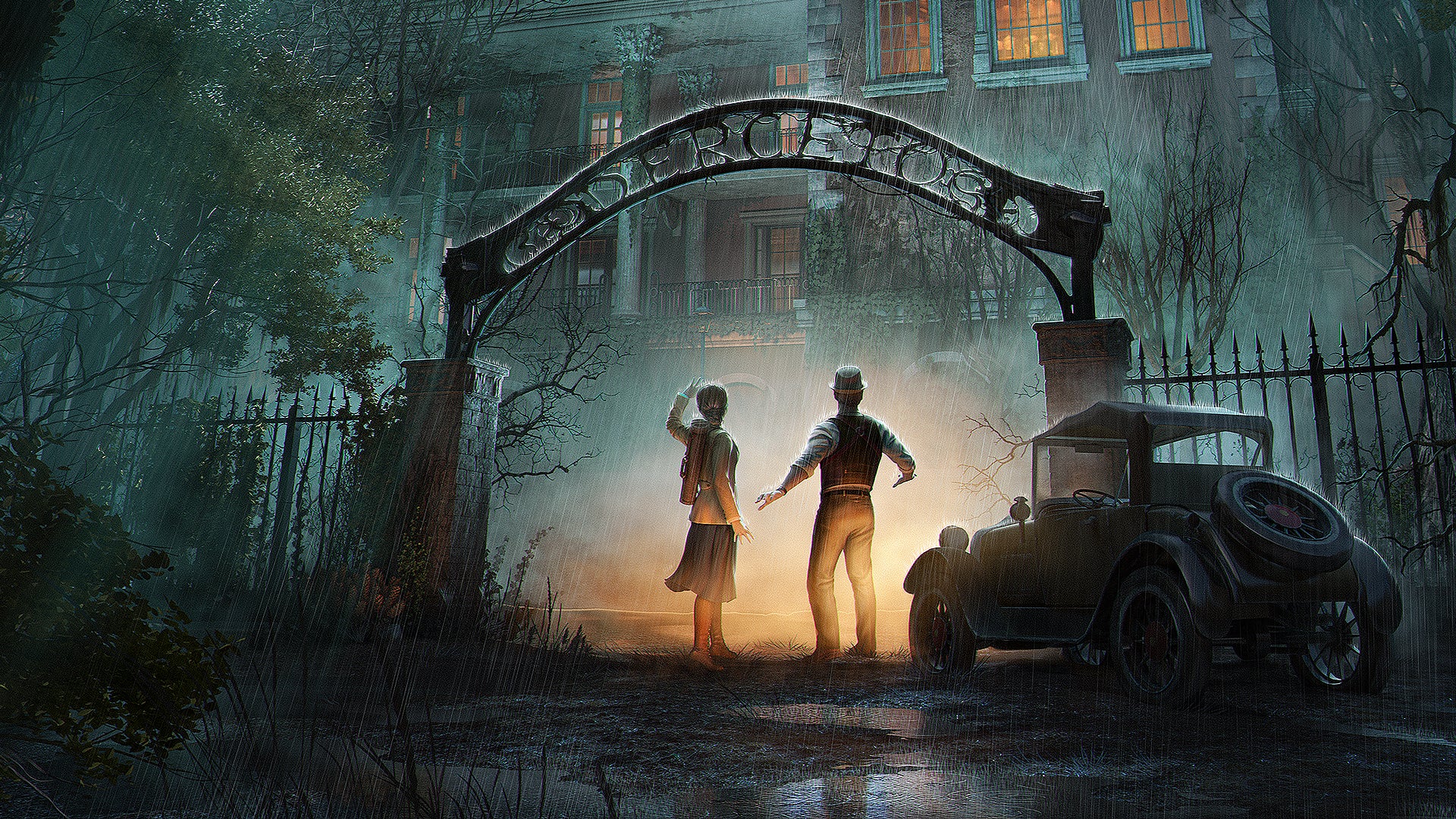

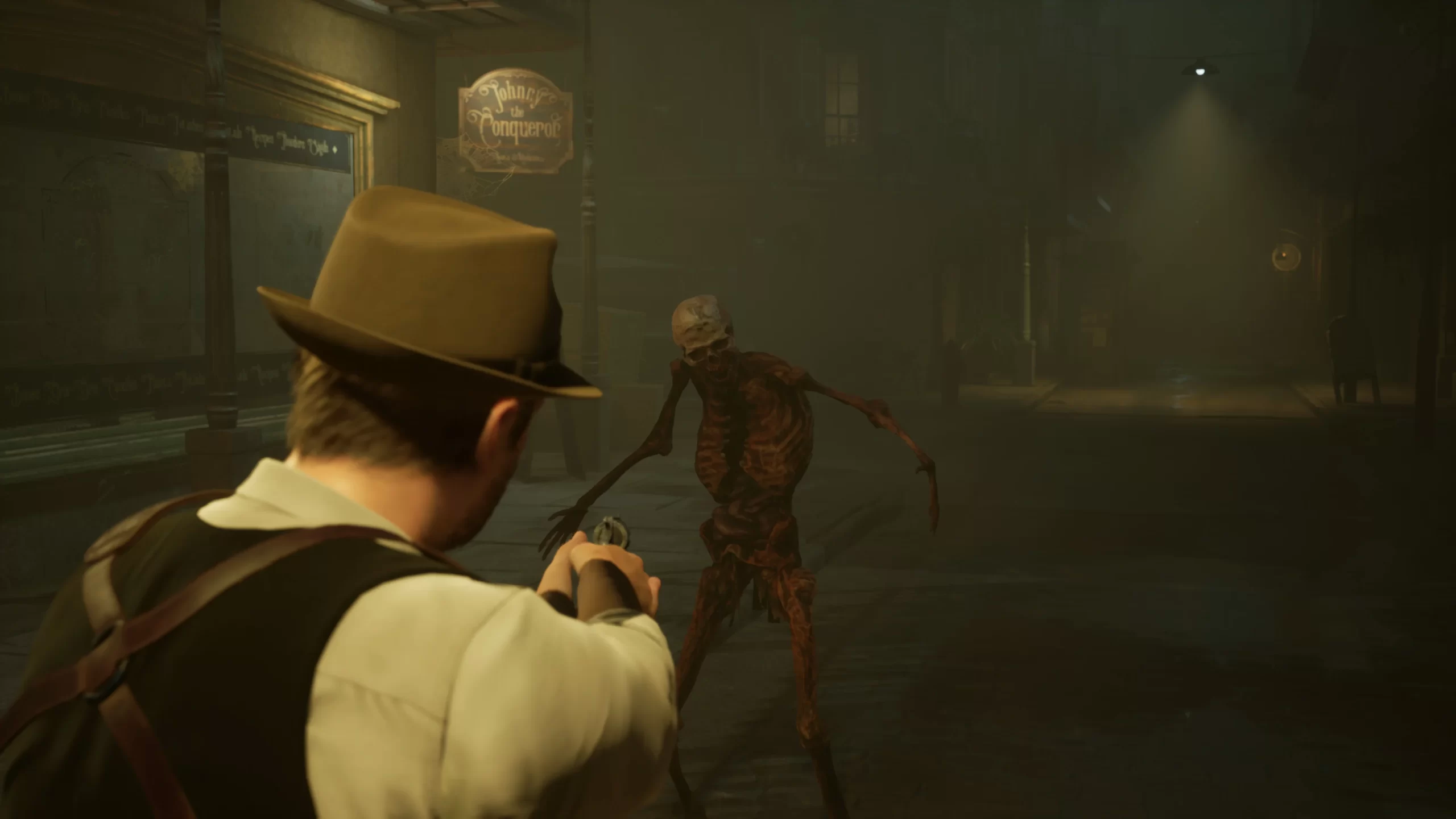
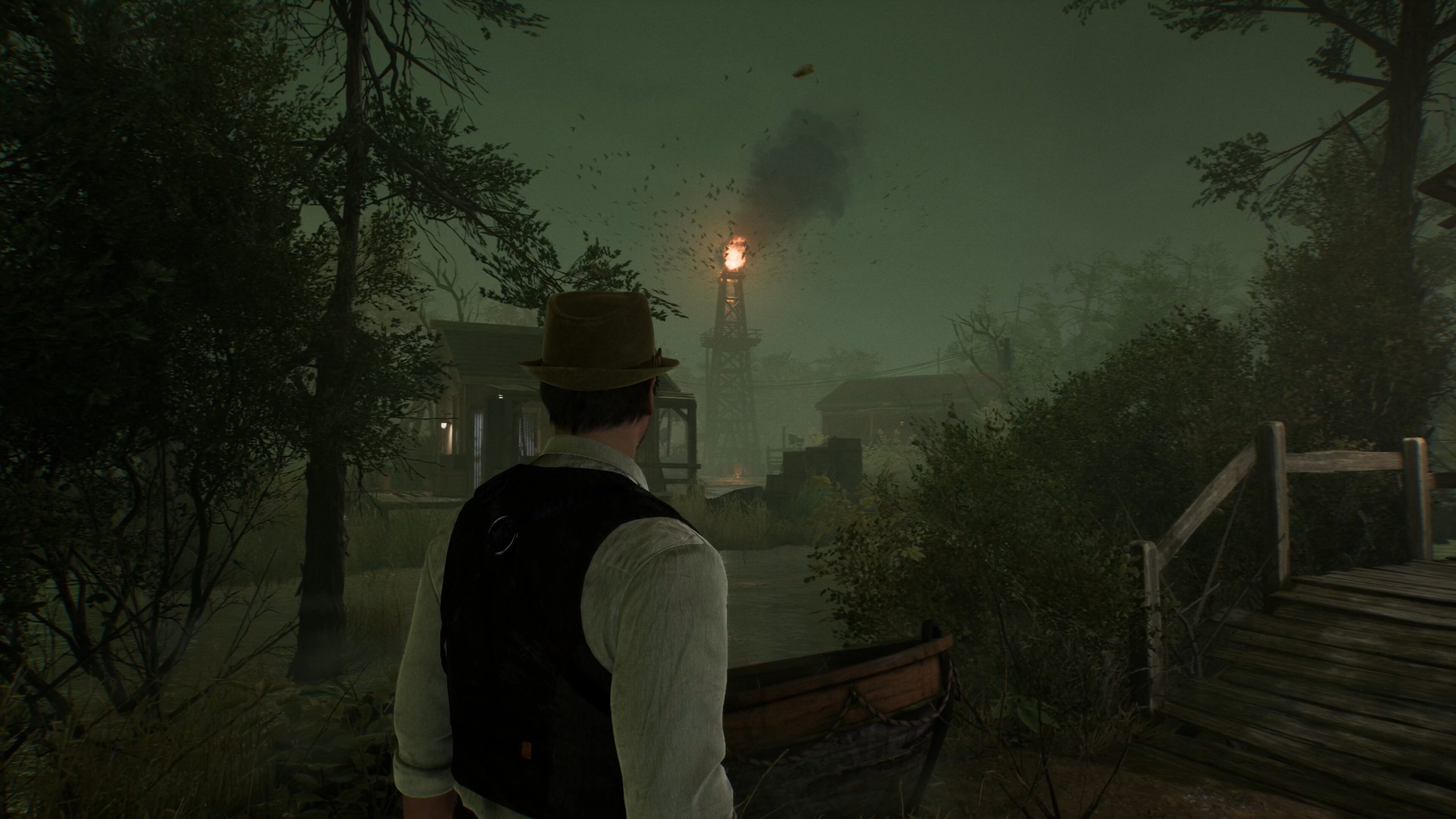
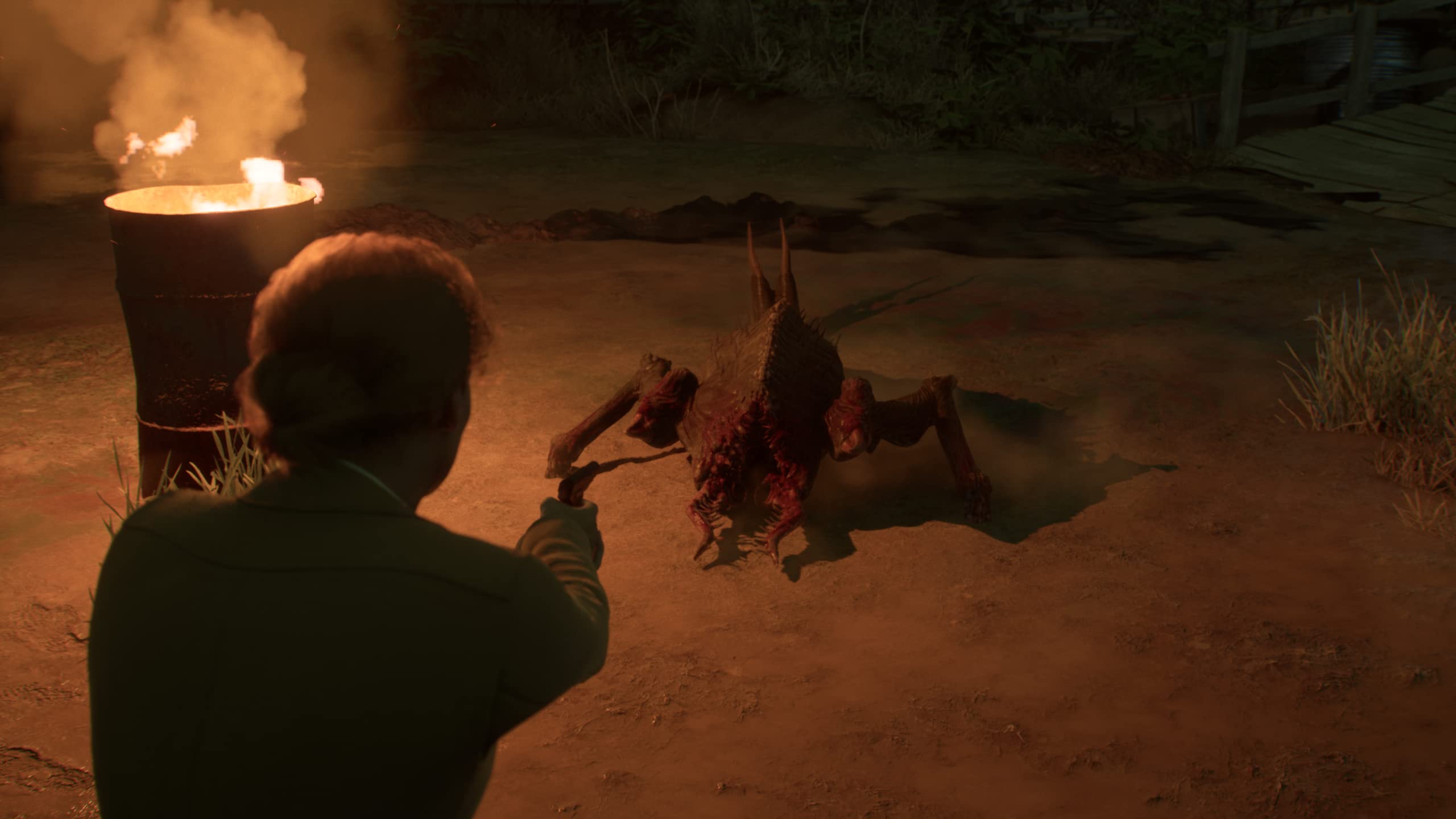
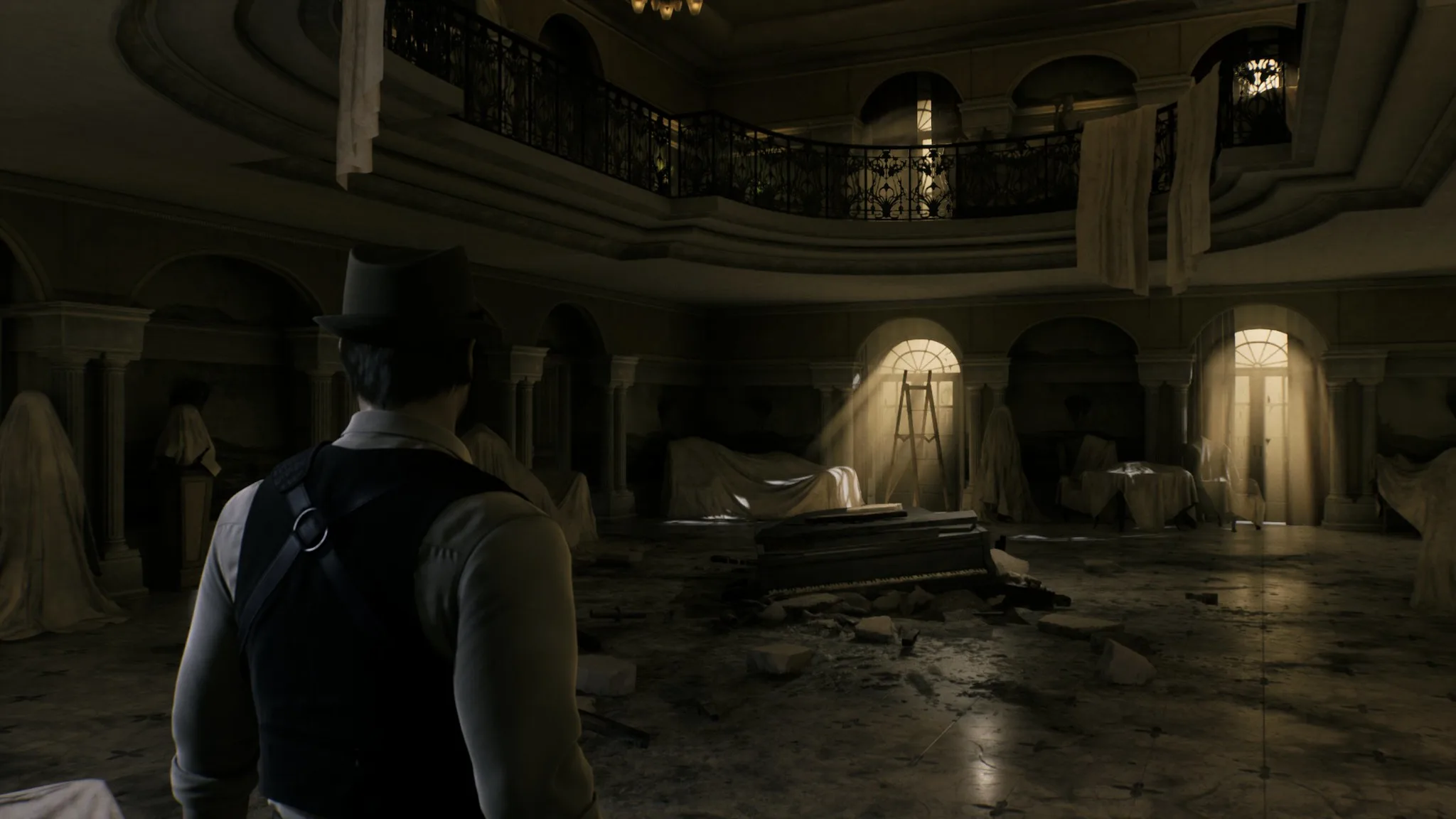

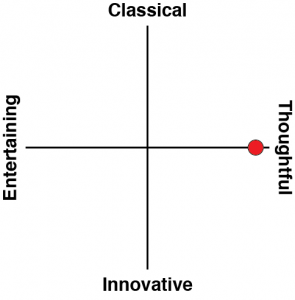




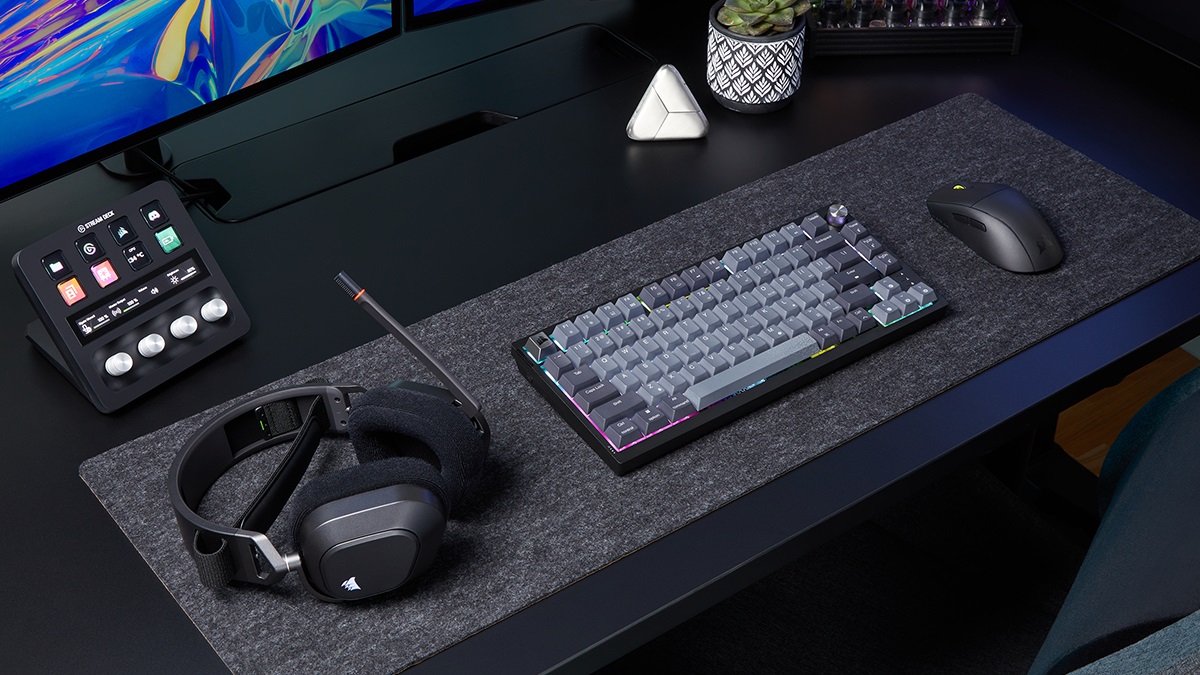
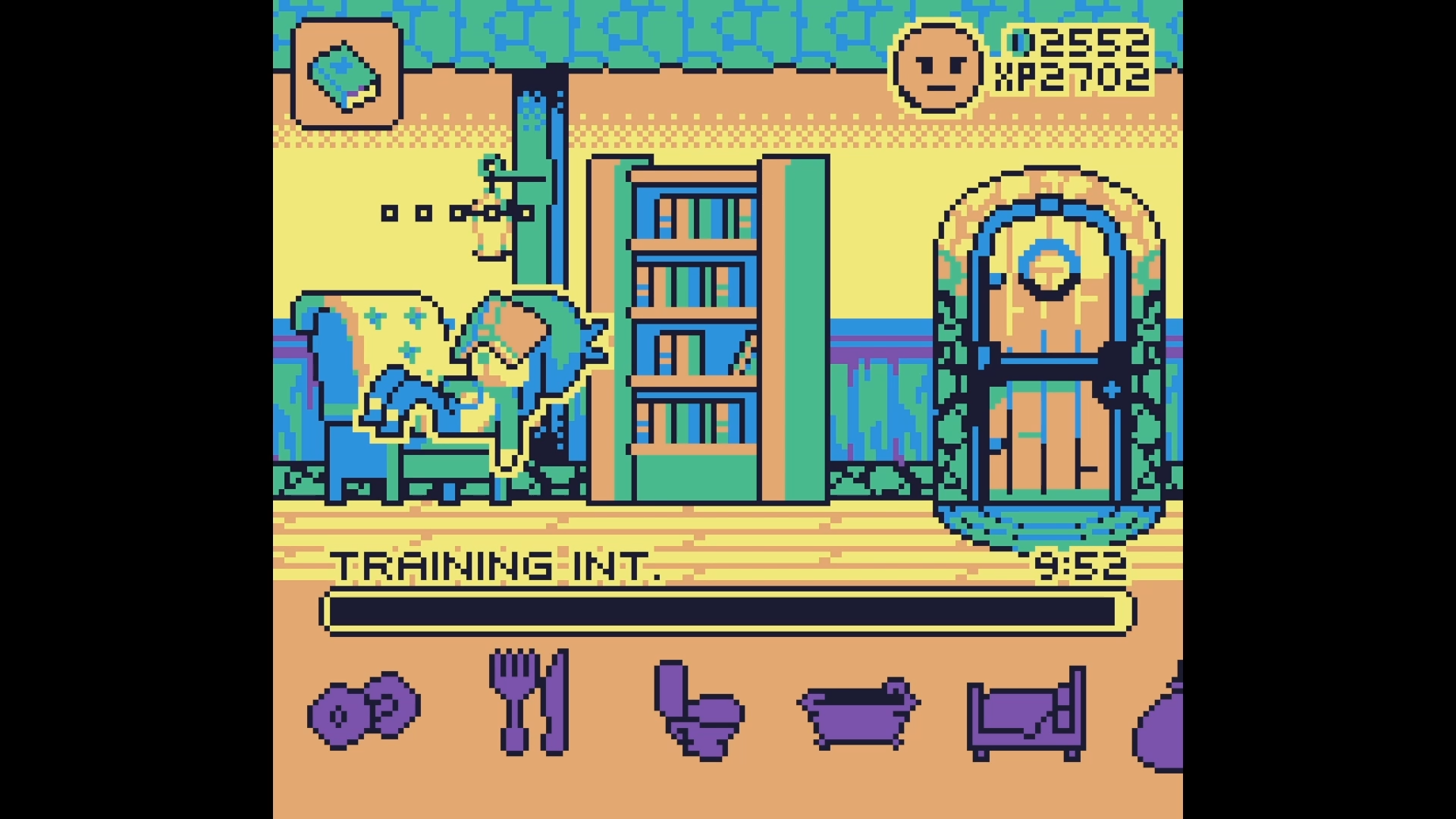


I’m really impressed with this so far. It feels like a PS2-era Silent Hill mechanically, structurally and tonally, and the voodoo stuff feels like it was ripped straight from the original Gabriel Knight. That’s not a criticism; on the contrary, I found it rather pleasing that I recognised a lot of the stuff mentioned in this new Alone in the Dark after playing Gabriel Knight to absolute death over the years.
No idea how far through I am right now, but definitely looking forward to seeing how things proceed. Alone in the Dark is finally back! I’m so happy.
Okay, so I’ve never actually played Gabriel Knight, and now I know I need to, haha.